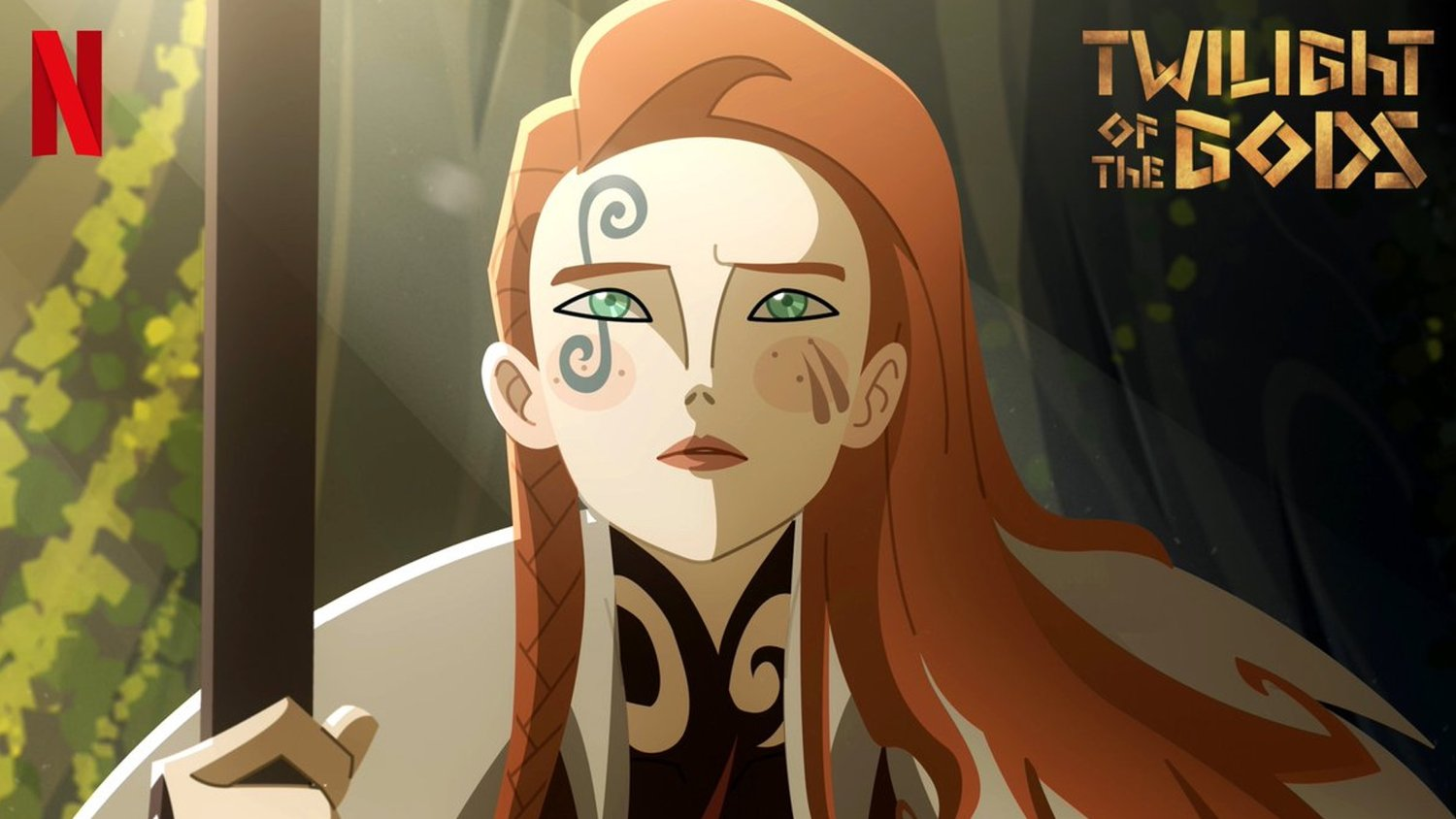The phrase “Twilight of the Gods” is often used to refer to the end of an era, especially in mythological, literary, and cultural contexts. The term, which comes from Norse mythology, symbolizes a time of destruction, transformation, and rebirth. It speaks to the inevitable decay and fall of even the most powerful civilizations and gods. Let’s dive deeper into this captivating mythological concept and explore its significance in various aspects of culture and history.
The Origins of “Twilight of the Gods”
“Twilight of the Gods” is most famously known as “Ragnarök” in Norse mythology. Ragnarök refers to the apocalyptic battle between gods and giants, where many gods, including Odin, Thor, and Freyr, meet their end. This battle is often seen as a cycle of destruction and rebirth, symbolizing both an end and a new beginning for the world.
The term “Twilight” in this context refers to the dimming of the gods’ powers and the approach of their demise. It paints a picture of an era slipping into darkness, signifying the inevitable downfall of even the mightiest beings.
The Key Players in the Norse Ragnarök
In Norse mythology, the gods are divided into two primary families: the Æsir and the Vanir. The Æsir gods, including Odin, Thor, and Frigg, are often associated with power, order, and civilization. Meanwhile, the Vanir gods are linked to fertility, nature, and prosperity.
During Ragnarök, a series of events unfold that lead to the downfall of these gods. These include:
Thor, the thunder god, fights Jörmungandr, the world serpent, but ultimately succumbs to the serpent’s venom.
Loki, the trickster god, plays a crucial role in initiating the destruction, siding with the giants against the gods.
The Role of Fate in the Twilight of the Gods
Fate, or wyrd, is a crucial theme in Norse mythology. The gods cannot escape their destinies, no matter how much they try to fight against them. In fact, the prophecy of Ragnarök is known to the gods, and yet they continue to act according to their roles in the unfolding events.
The idea of fate being inevitable plays into the notion of the “twilight” itself. Just as the sun eventually sets, the gods must face their end, despite their powers and wisdom. This highlights a universal truth: no entity—whether a god, a king, or a civilization—can escape the passage of time.
The Significance of Ragnarök in Modern Culture
Stephanie Arcila While Ragnarök comes from Norse mythology, its influence can be seen in many modern forms of entertainment, literature, and art. The idea of an inevitable, cataclysmic event that ushers in a new age has resonated throughout history.
In Literature and Popular Culture
The theme of the “Twilight of the Gods” appears in many books, movies, and TV shows. It has inspired works like Richard Wagner’s opera cycle “Der Ring des Nibelungen”, which draws heavily from Norse mythology and presents a tale of gods and heroes in their final days.
In Art and Music
Wagner’s opera is perhaps the most famous artistic interpretation of the Twilight of the Gods. The composition explores themes of power, betrayal, and destruction in an operatic retelling of Norse myths. The “Twilight of the Gods” is the final opera in Wagner’s cycle, marking the end of the gods’ reign.
Other artists and musicians have used the concept of Ragnarök to convey similar ideas of destruction and rebirth, drawing parallels between mythological events and real-world events.
The Symbolism of Twilight
The “Twilight of the Gods” symbolizes not just the death of the gods but the inevitable end of all things. It teaches that nothing lasts forever, and all things must eventually come to an end. In many ways, it is a reflection of human life itself—an acknowledgment that every beginning has an end, and every age has its twilight.
The symbolism of twilight also implies that endings are not without hope. The death of the gods in Ragnarök gives way to the birth of a new world.
The Concept of Rebirth
It suggests that the end of one phase is merely the beginning of another, and life continues in a new form.
This idea of cyclical renewal is not unique to Norse mythology. Many cultures, including Hinduism and Buddhism, also embrace the concept of destruction and rebirth as an essential part of the universe’s cycle.
Frequently Asked Questions
The “Twilight of the Gods” refers to Ragnarök, the final battle in Norse mythology, where many gods meet their end. It symbolizes the death of the gods and the destruction of the world, followed by a rebirth.
Does the Twilight of the Gods only appear in Norse mythology?
For example, in various cultural beliefs, the end of one age or civilization often gives rise to a new beginning.
Why is the idea of the Twilight of the Gods important?
The Twilight of the Gods represents the inevitable decline of even the mightiest powers and serves as a reminder that no civilization, god, or era lasts forever. It reflects the cyclical nature of life and time, where endings lead to new beginnings.
How does the concept of Ragnarök relate to modern times?
Newport County vs Cheltenham In modern times, Ragnarök can symbolize the decline of old systems, governments, or empires. It can also point to global issues like climate change and political upheavals, showing that the “twilight” of certain ideologies or ways of life might be nearing.
What does “twilight” symbolize in the context of this myth?
In this context, “twilight” symbolizes the fading of light, power, and life. It marks the decline and eventual end of the gods’ reign, a moment of transition that is both a conclusion and a precursor to a new beginning.
To read more, Click Here

Leave a Reply